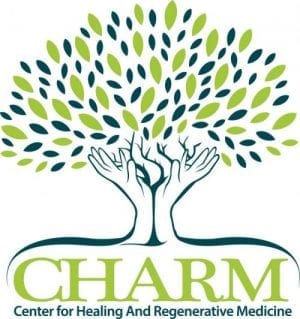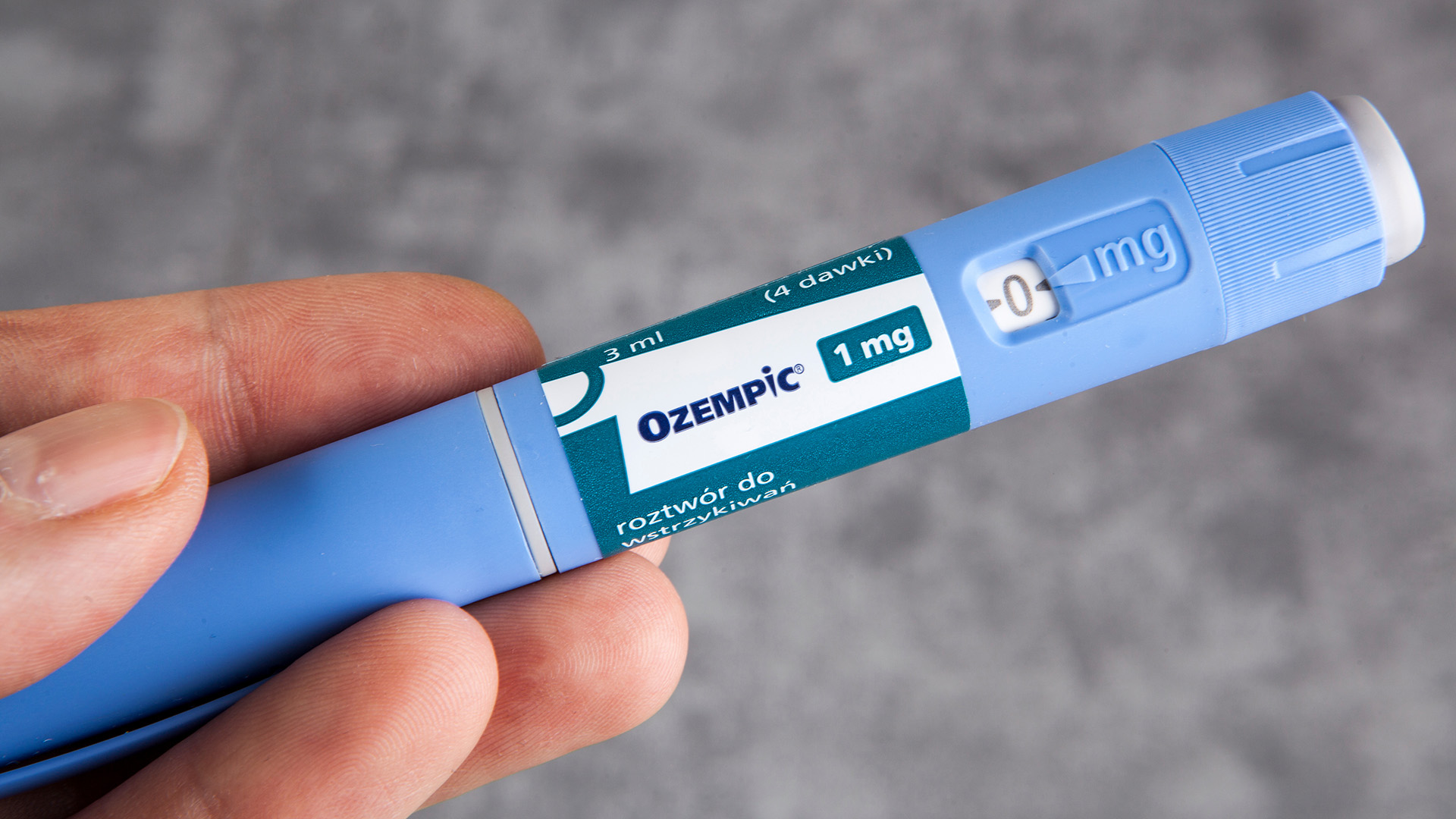By Dr. Kyle Allan
If you’ve been keeping up with health trends, you’ve probably heard of the GLP-1 medications—drugs like Ozempic, Wegovy, or Mounjaro. Originally designed to manage diabetes, they’ve exploded in popularity for weight loss and overall metabolic health.
While these medications have been instrumental for many in their journey to lose stubborn weight and manage diabetes, one thing is often overlooked: these medications could be quietly affecting your platelets—the tiny blood components that play a big role in your body’s natural ability to heal.
For anyone exploring Platelet-Rich Plasma (PRP) therapy to tackle common joint pain, injuries, or even hair loss, this connection is worth understanding. Let’s dive into what GLP-1s do to platelets and how that might influence your PRP results.
PRP therapy is a regenerative treatment that involves taking a small sample of your blood, spinning it in a centrifuge to concentrate the platelets, and injecting that platelet-rich mix into an injured area, like a sore knee or a thinning scalp.
Platelets are packed with growth factors, little proteins that kickstart repair by reducing inflammation and encouraging tissue recovery. PRP injections are a natural, drug-free way to help your body heal itself, and they’ve been a game-changer for many struggling with pain and immobility.
What Are GLP-1 Medications?
Essentially, GLP-1 medications—short for Glucagon-Like Peptide-1 receptor agonists—mimic a hormone that helps control blood sugar, curb appetite, and even boost heart health.
However, GLP-1 medications don’t just affect your stomach or blood sugar. Research is starting to show they can influence platelets, too. Platelets typically jump into action when you’re injured, clumping together to stop bleeding and releasing those healing growth factors. But GLP-1s seem to calm them down.
Studies suggest these drugs can reduce platelet activation, where platelets get sticky and ready to clot. This is great news for your heart; less overactive clotting means a lower risk of things like heart attacks or strokes. Scientists think GLP-1s do this by tweaking how platelets respond to signals in your blood, making them less prone to overreact.
Ozempic and PRP: Understanding GLP-1 Effects on Platelets
So, what does this mean for those taking GLP-1 medications who are interested in PRP therapy? If your platelets are less activated, you might wonder if they’re less effective at delivering the healing punch PRP therapy relies on. It’s a fair question, but the answer isn’t black-and-white.
While GLP-1s might dial down platelet clumping, they don’t necessarily zap the growth factors inside. The platelets still carry their repair toolkit—they’re just less likely to clump up in your bloodstream. In fact, some early research hints that GLP-1s could even enhance certain anti-inflammatory effects, which might complement PRP’s goals of calming irritation and promoting recovery. But here’s the catch: we don’t have enough studies yet to say how this tweak in platelet behavior changes PRP outcomes in practice.
How Weight Loss Drugs Impact Potential PRP Patients
For potential PRP patients taking GLP-1 medications, this question of influence and impact raises a practical point. Take someone like Brett (actual name withheld), a 67-year-old on Wegovy for weight loss, who wants PRP for his aching shoulder. His platelets might be less “revved up” than someone not on a GLP-1, but that doesn’t mean PRP won’t work—it just might work differently.
The concentration process in PRP still packs those growth factors into the injection, and the treatment’s success likely hinges more on how your body responds at the injury site than on the platelets’ starting mood. Still, I’m keeping an eye on it with my patients, and it’s worth discussing with your doctor if you’re on a GLP-1 and considering PRP.
Will Stopping GLP-1 Meds Improve My Natural Healing with Platelets?
GLP-1s are a powerhouse for health—weight loss, better blood sugar, and heart protection are hard to argue with. If they’re subtly shifting your platelets, it’s likely a net positive for your system. For PRP, the jury’s still out on whether this shift meaningfully changes results, but early signs suggest it’s not a dealbreaker. If anything, it’s a reminder that your body’s a complex machine, and treatments like PRP adapt to who you are, including the meds you take.
If you’re on a GLP-1 and eyeing PRP, don’t let this stop you—just flag it with your provider. We might tweak the approach or monitor your response a bit closer. PRPs are still a solid bet for getting you back to your active self, and GLP-1s are doing their part to keep you healthy overall. Together, they could be a winning combo—we’re just learning how they play on the same team.
Get Started with PRP Therapy and Regenerative Healing Today
If you’re starting to feel stiffness or occasional pain, PRP or even BMAC could help strengthen your back and prevent problems from worsening down the road. Of course, regenerative options aren’t instant. They take weeks to months to show their full effect, and they’re not always covered by insurance. But the payoff? Less pain, more mobility, and no worrying about the long-term damage steroids might bring.
If pain’s slowing you down, don’t settle for a quick fix that fades. Request an appointment with the Center for Healing and Regenerative Medicine (CHARM). They’ll work with you to find the regenerative healing options—like PRP, BMAC, or Platelet Lysate—right for you.




